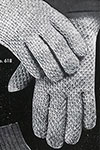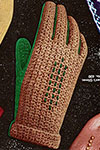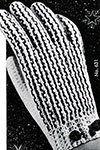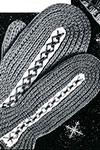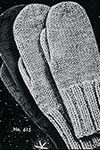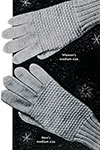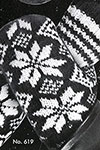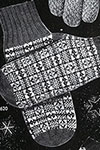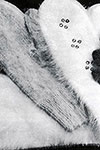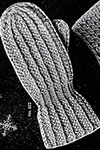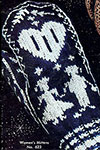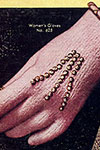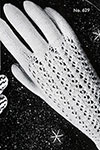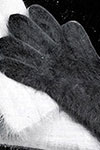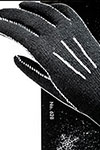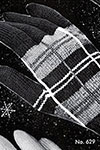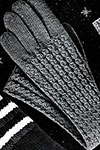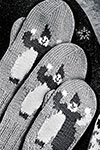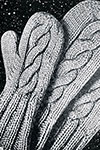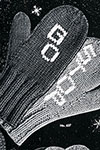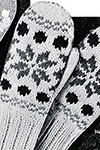Gloves and Mittens | Volume 29 | Bernhard Ulmann Company
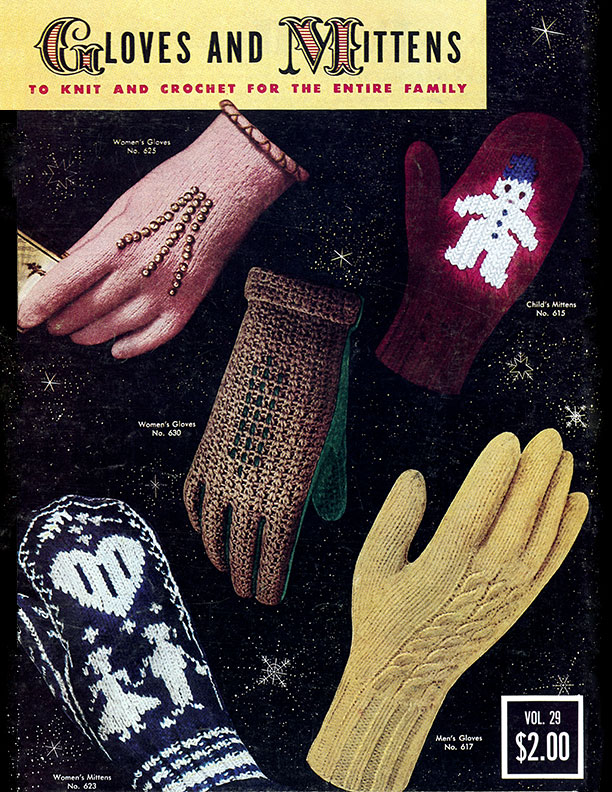
Gloves and Mittens
To Knit and Crochet For the Entire Family
Volume 29
Bernhard Ulmann Co.
Original Copyright 1953
To Change Length of Fingers
The instructions for the gloves in this book have been written to allow for a change in the length of fingers of gloves if necessary.
Any change must be made before shaping at top of each finger or thumb. Work more or less rows even before shaping finger tips. Slip glove to hand to determine length required before shaping.
Approximate finger tip shaping.
Men's Gloves: ¼ to ½ inch
Women's Gloves: ¼ inch
Children's Gloves: ¼ inch
Check Your Gauge
It is very important to obtain the correct gauge given in instructions. To check your gauge, measure off about 2 inches on your knitting or crocheting and mark with pins. Count the stitches between pins. If you have less stitches than required for 2 inches, your work is too loose, try a smaller size needle. If you have more stitches than required for 2 inches, your work is too tight, try a larger size needle. Always cast on loosely for ribbing or when working with Nylon or Angora.
Blocking or Steaming
To steam or block gloves or mittens, lay flat on pressing board. Steam with moderately hot iron over a wet cloth taking care not to let weight of iron rest upon any one spot. Steam on one side, turn and steam on other side. Do not steam ribbing or Angora. Allow to dry thoroughly before removing from board.
Weaving Stockinette Stitch
Thread a tapestry needle and bring pieces to be joined close together. Draw up yarn in first st on upper piece, inserting needle from wrong side; insert needle from right side in first st on lower piece and bring up through next st from wrong side – draw up yarn; * insert needle from right side in same st as before on upper piece and bring up through next st from wrong side – draw up yarn; insert needle from right side in same st as before on lower piece and bring up through next st – draw up yarn; repeat from * until all sts are joined, and fasten yarn well before breaking off.
Duplicate Stitch
Duplicate Stitch is a form of embroidery on the knitted stitches that looks as if the pattern had been knitted in. Use a blunt-pointed tapestry needle and follow diagrams.













